The leaflike oyster mushroom (Hohenbuehelia petaloides) is a cosmopolitan species, meaning it thrives in gardens, parks, lawns, and other urban and suburban settings. It might even show up indoors, growing in your flower pot! It likes to be where people are, so there’s a good chance you’ll run into this mushroom species. It is also quite adaptable, with a wide distribution across North America, Venezuela, Europe, Japan, and New Zealand.
- Scientific Name: Hohenbuehelia petaloides, or Hohenbuehelia petalodes (without an “i”). Pleurotus petaloides is a synonym.
- Common Names: Leaflike oyster mushroom, Shoehorn oyster
- Habitat: On the ground around decomposing wood
- Edibility: Edible, but not great
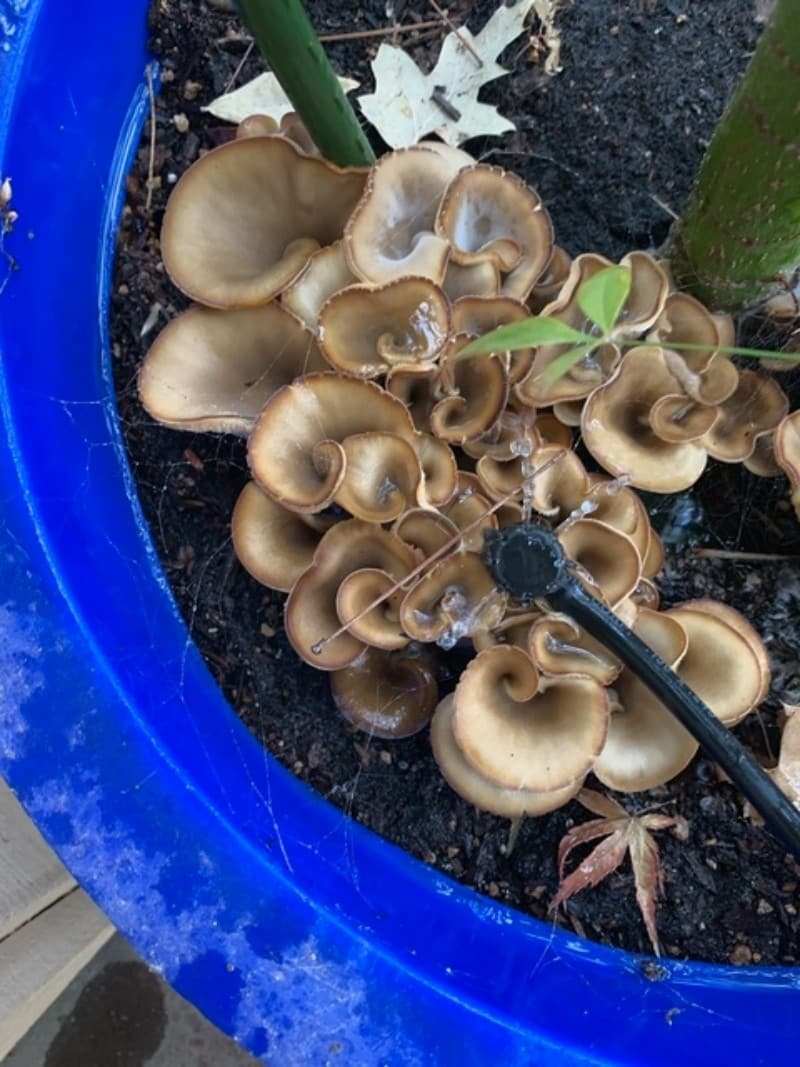
Jump to:
All About The Leaflike Oyster Mushroom
The leaflike oyster mushroom, also known as the “shoehorn oyster mushroom,” belongs to the Pleurotaceae family. Its scientific name is a tribute to Ludwig Samuel Joseph David Alexander von Hohenbuehelia Heufler, an Austrian statesman and botanist/mycologist.
This is a common and widespread species that may get confused with the delicious oyster mushroom (Pleurotus spp) by untrained mushroom eyes. It does have similarities, but also quite a lot of differences.
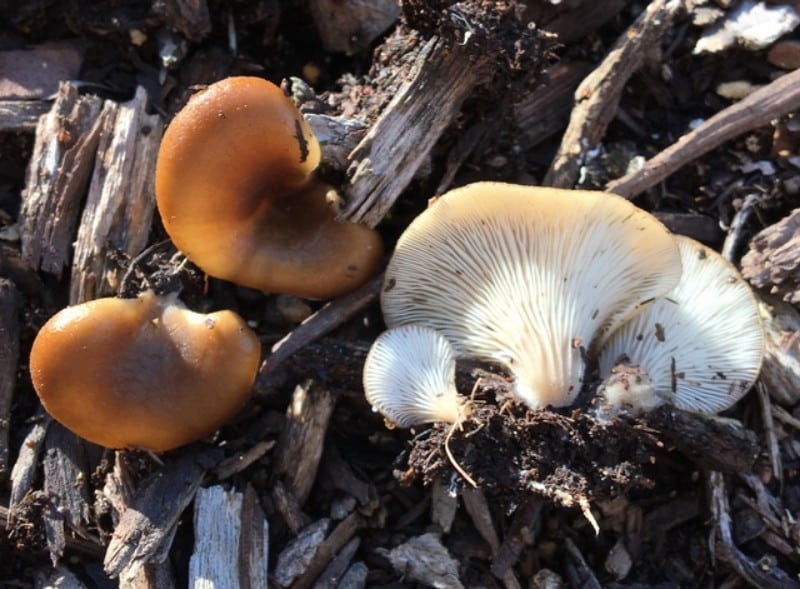
Leaflike Oyster: An Identification Guide
Season
The mushroom is typically found during the summer and fall seasons or over winter in warmer climates.
Habitat
The leaflike oyster is a saprobic species, which means it feeds on decaying wood. However, it doesn’t grow from trees or logs; it grows terrestrially from the ground, sourcing the decomposing wood for nutrients. Or, to complicate things, it may also grow from woodchips – the wood being broken down enough for the fungus to access.
Leaflike oyster mushrooms are often found alone or in clusters around stumps, mulch, or prepared soils. It also grows on the ground in the forest; it is not limited to urban locations.
The species is widely distributed in North America and found in Venezuela, Europe, Japan, and New Zealand.
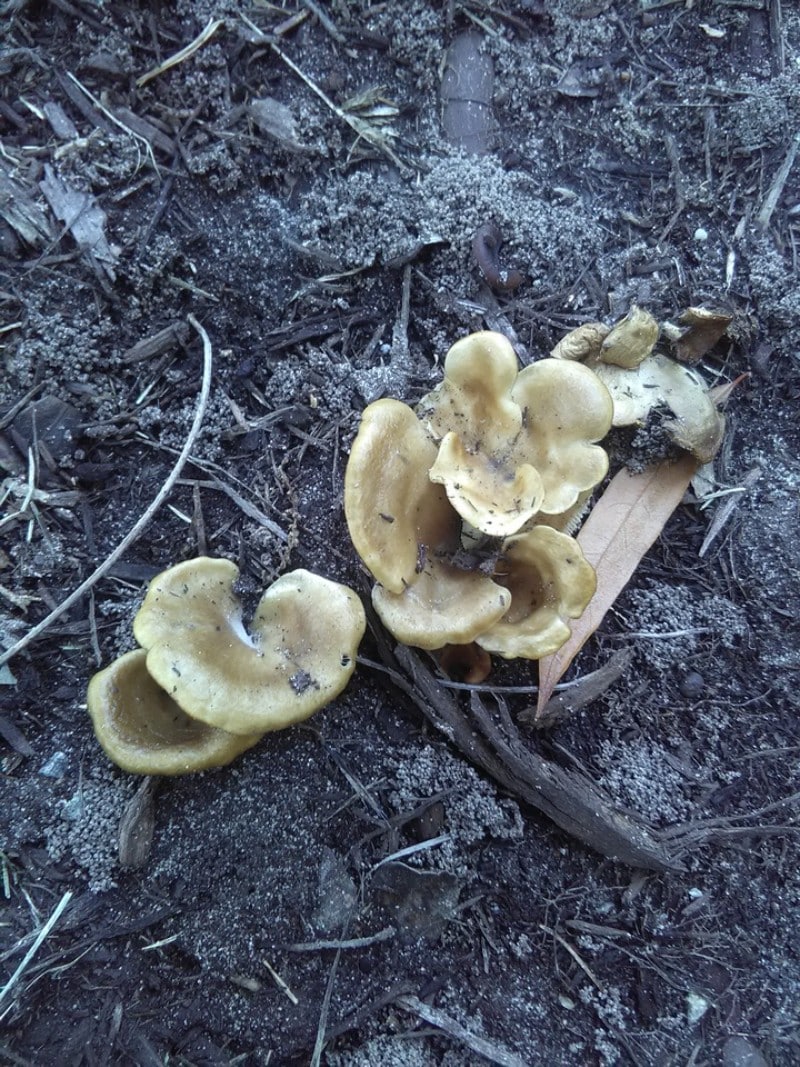

Identification
Cap
The cap of this mushroom has a unique shape, often compared to a shoehorn or a petal; this is where it gets its name. It ranges from 1.2 to 3.5 inches in diameter and looks like a rolled-up fan, funnel, or collection of folded-over leaves. It may also not be rolled up and be more open fan-shaped.
The cap is usually sticky to moist when fresh, with a dark brown to grayish brown color that fades to pale yellowish brown or beige as it matures. The center of the cap is usually darker than the rest of the cap. The cap’s surface is relatively bald, though it may have fine white fuzz in some places.
Gills
The gills of this species run down the stem. Many shorter gills are dispersed among the longer gills; the shorter ones don’t reach the stem. They’re crowded and typically whitish or grayish in color. With age, they turn a dull yellow.
Stem
The stem can be difficult to define precisely as it seamlessly transitions into the cap. It is quite small, measuring between 0.4 to 1.2 inches tall. The stem is a brownish to whitish color. The stem may appear bald or fuzzy over the lower portion.
Flesh
The mushroom’s flesh is thin, whitish, rubbery, tough, and does not change color when sliced.
Odor and Taste
The leaflike oyster has a mealy odor and taste.
Spore Print
The spore print of the mushroom is white.
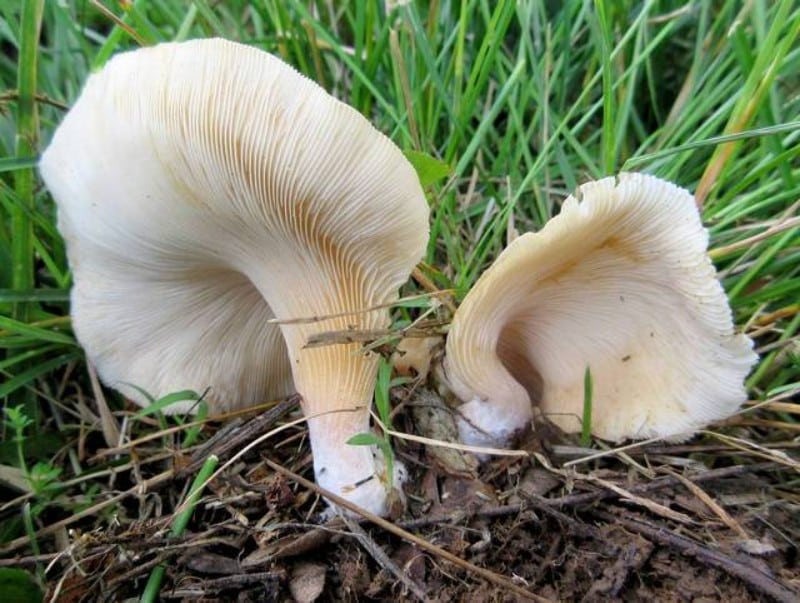
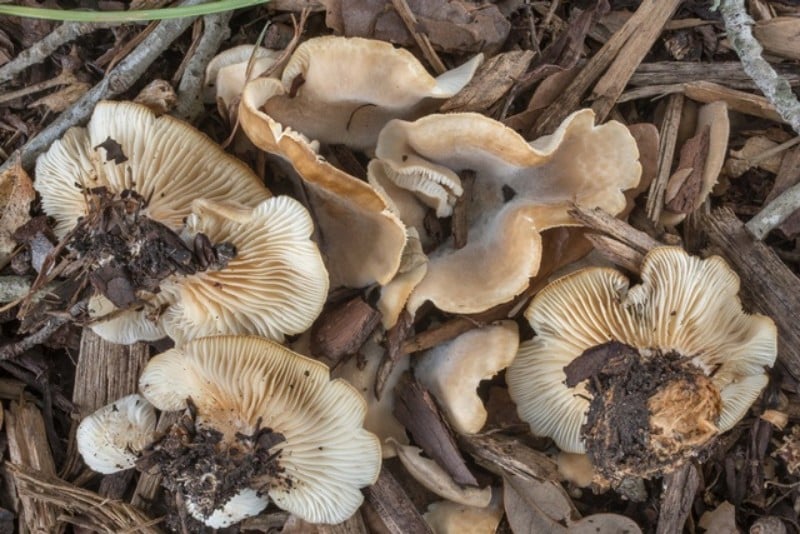
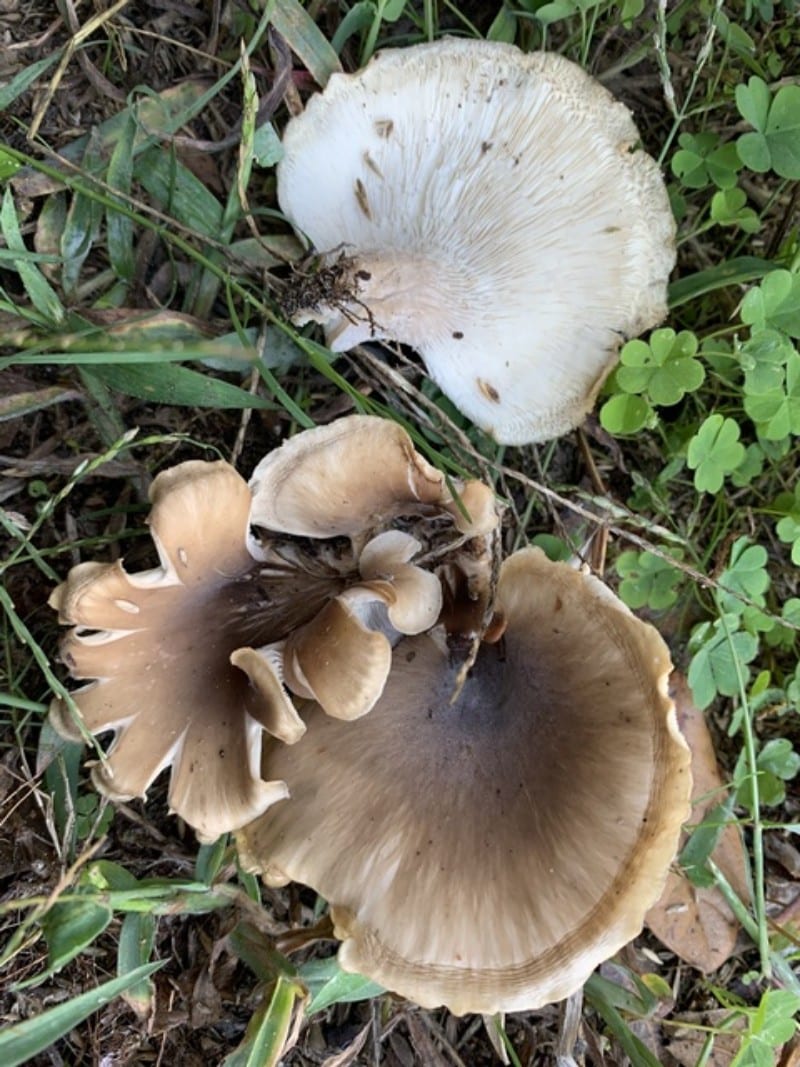
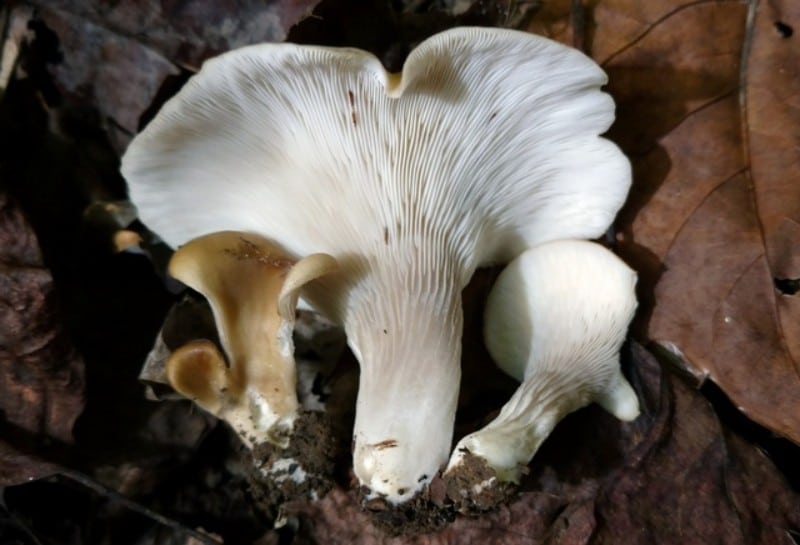
Leaflike Oyster Lookalikes
Aniseed Cockleshell (Lentinellus cochleatus)
This species is very similar but grows directly from wood, and features serrated gill edges and a more pronounced stem. It also has a faint anise (licorice) smell. As you can see in the second photo, this species also tends to grow in tight clusters unlike the leaflike oyster who’s clusters are more spread out. This species is not edible due to its strong bitterness.
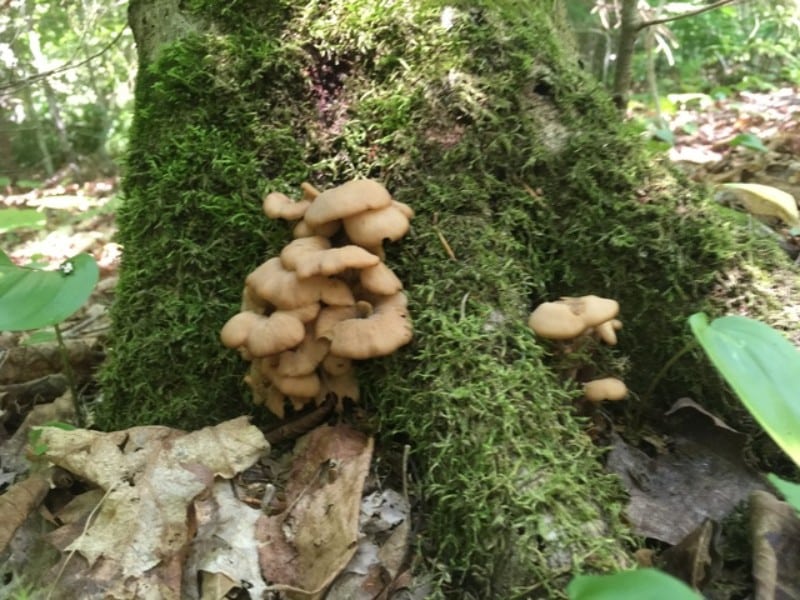
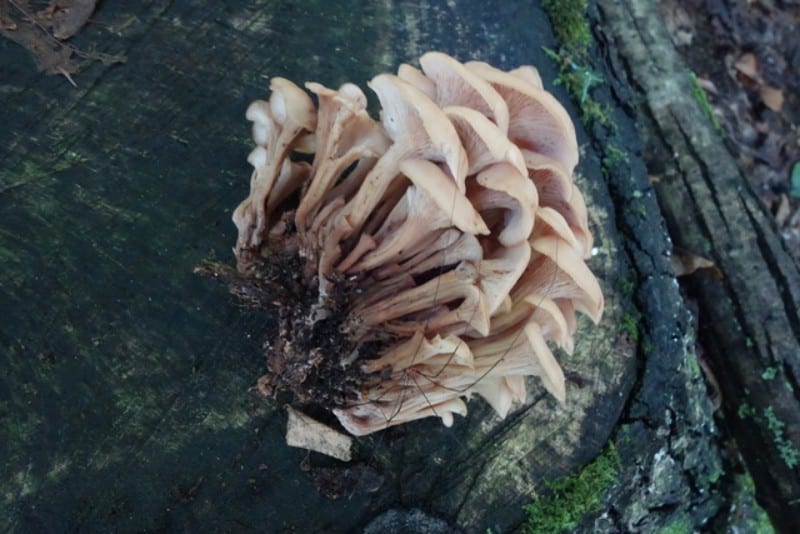
Oyster Mushroom (Pleurotus ostreatus)
The true oyster mushroom grows on wood, not from the ground. This is the primary difference. The caps are also more shell-shaped than funnel shaped, though that can vary. Oyster mushrooms have more substantial flesh and get much larger than the leaflike oyster.
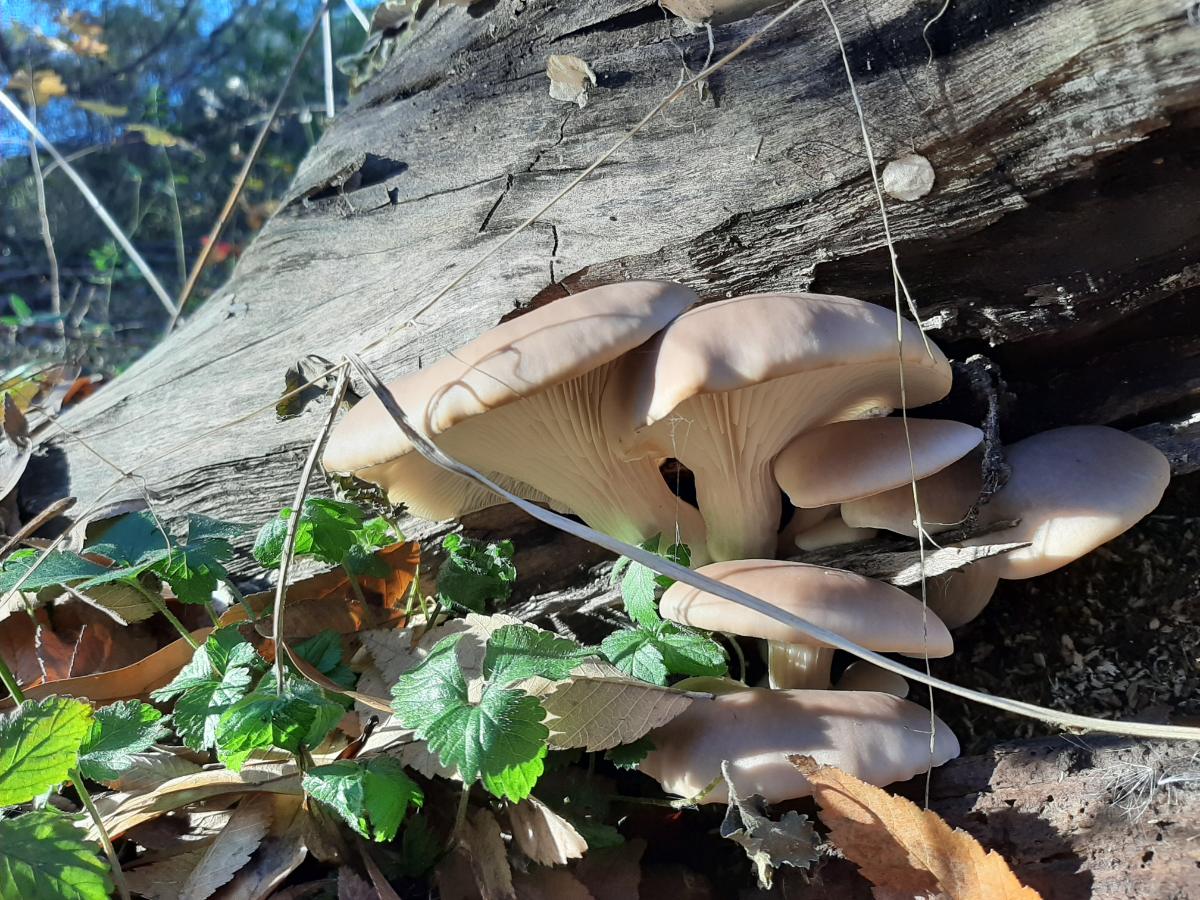
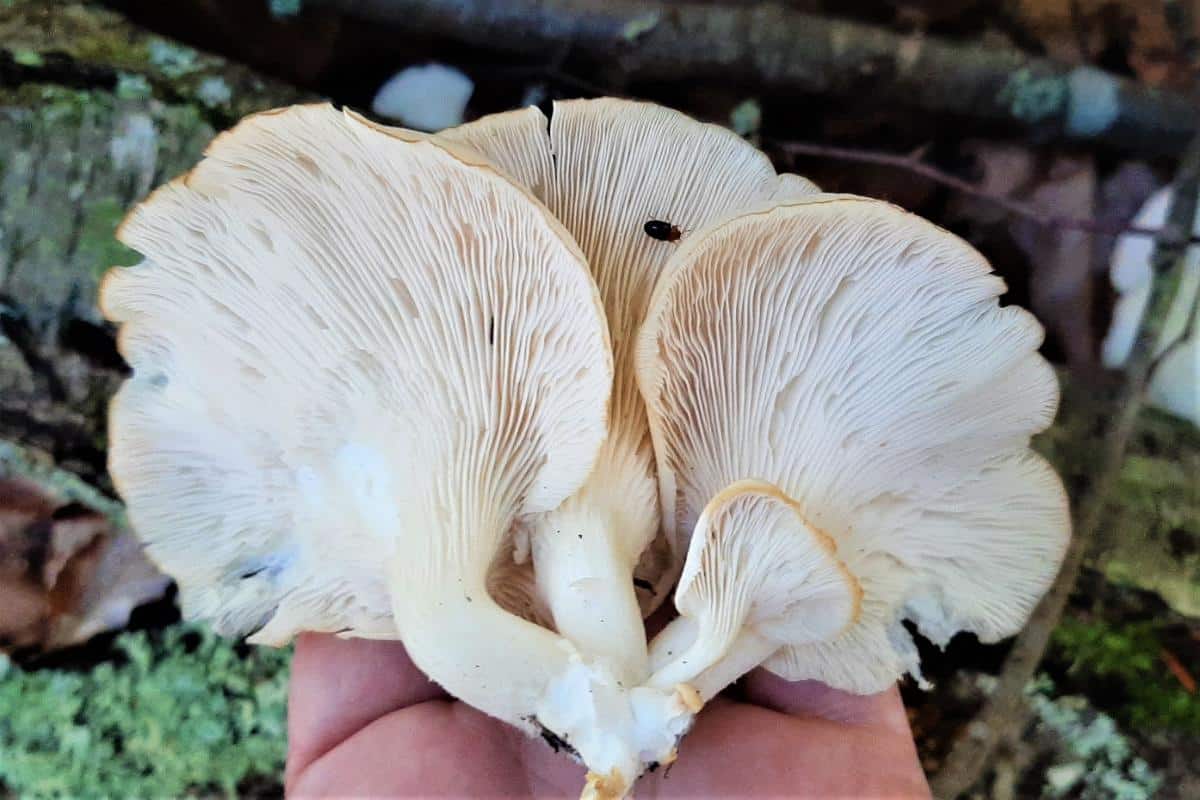
Tapinella panuoides
This species grows in wood chips or decomposing conifer wood. It has a yellowish-brown cap and gills that are easily separated from the cap. This species is poisonous.
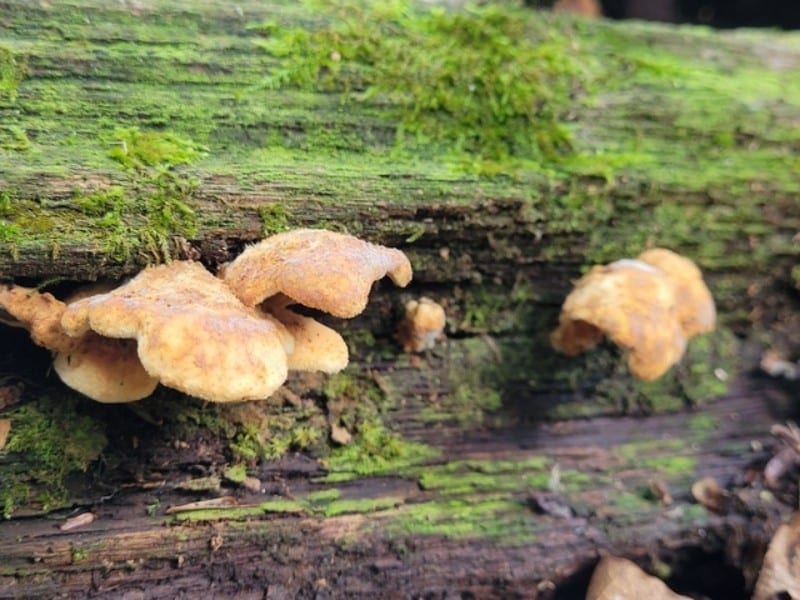
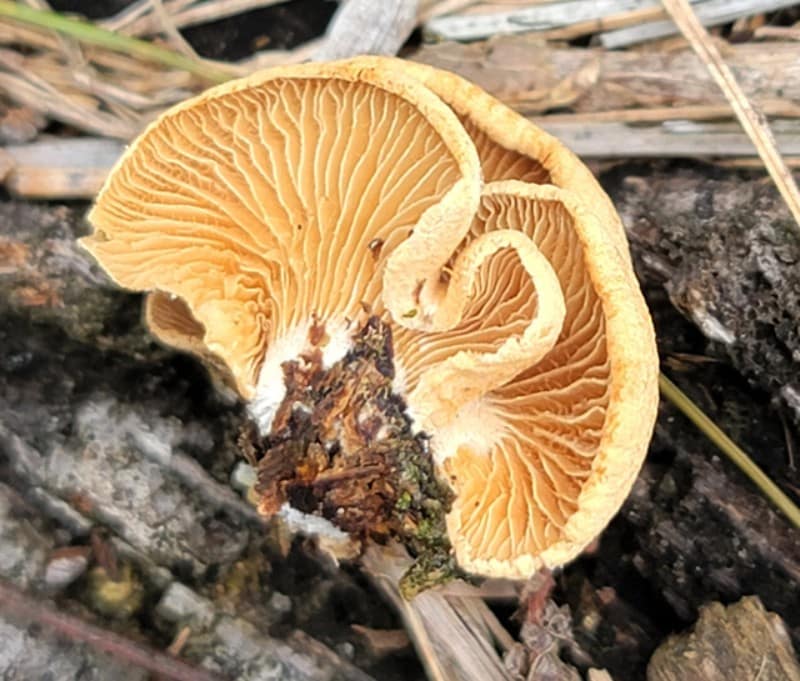
Leaflike Oyster Mushroom Edibility
The leaflike oyster is considered edible, although its rubbery texture is unpleasant to many people. It’s reportedly not particularly great tasting either, but it used to bulk up stews or stir fries. Remember, always cook wild mushrooms thoroughly before consumption.
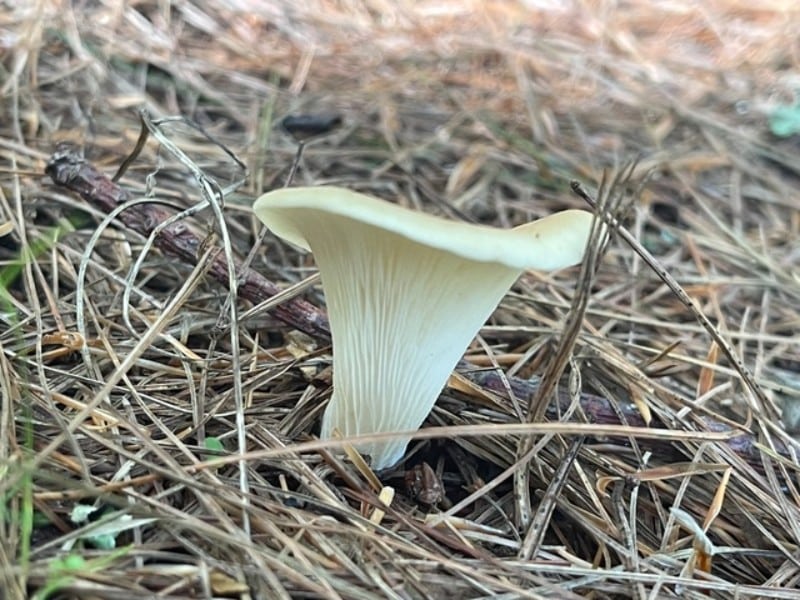
Common Questions About The Leaflike Shoehorn Oyster Mushroom
Does the leaflike oyster mushroom have medicinal properties?
Currently, no well-documented medicinal properties are associated with the leaflike oyster mushroom.

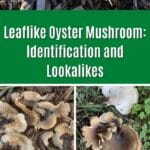
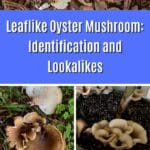
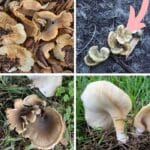
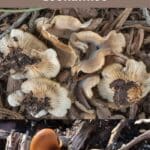




Leave a Reply